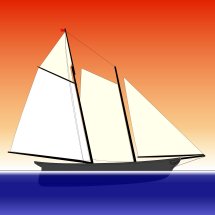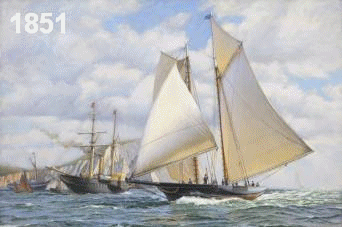 AMERICA'S CUP
AMERICA'S CUP1851-1937
"If we can fly today in the San Francisco Bay, this is because there have been "adventurers" like Walter Greene and Mike Birch.
To understand the future, we must know and respect the past."
Loïck PEYRON (Voiles et Voiliers July 2014)
![]()



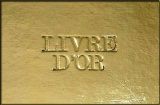
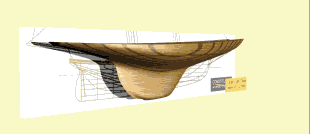





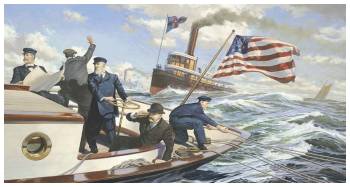


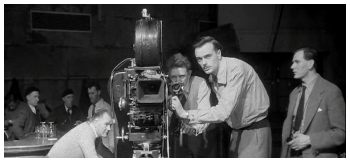
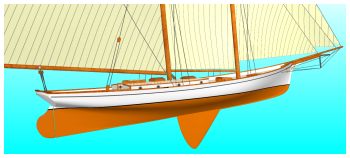
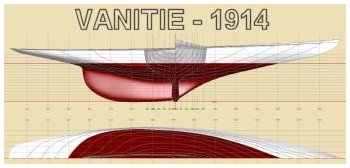 Particular interest attaches to this year's series of contests, because of the fact that they will be held under a new rule of measurement, which discourages the building of the extreme and almost freakish type of yacht with which the public was made familiar in the last series of "America" cup contests.
Particular interest attaches to this year's series of contests, because of the fact that they will be held under a new rule of measurement, which discourages the building of the extreme and almost freakish type of yacht with which the public was made familiar in the last series of "America" cup contests.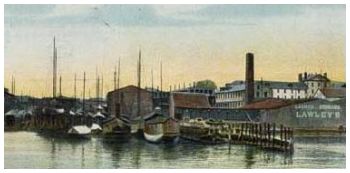 Frank C Paine, born on July 9, 1890, Boston, Mass, was the son of General Charles J Paine of Boston, a three times owner of the successful America’s Cup defenders for the New York Yacht Club, “Puritan” in 1885 (as part of a syndicate) and later “Mayflower” (1886) and “Volunteer” (1887). He was brought up in the world of yachts and was younger brother to an amateur yacht designer John Paine, who had designed ‘Jubilee’ for a Boston based syndicate ....
Frank C Paine, born on July 9, 1890, Boston, Mass, was the son of General Charles J Paine of Boston, a three times owner of the successful America’s Cup defenders for the New York Yacht Club, “Puritan” in 1885 (as part of a syndicate) and later “Mayflower” (1886) and “Volunteer” (1887). He was brought up in the world of yachts and was younger brother to an amateur yacht designer John Paine, who had designed ‘Jubilee’ for a Boston based syndicate ....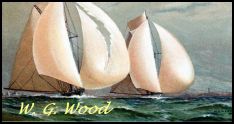 Wood was born in Brooklyn, and attended school at Trinity School and Columbia University. At the outbreak of the Spanish-American War, he joined the US Naval Reserve and served aboard the Yankee clipper. Later, he also served under General John J. Pershing in his pursuit of Pancho Villa.
Wood was born in Brooklyn, and attended school at Trinity School and Columbia University. At the outbreak of the Spanish-American War, he joined the US Naval Reserve and served aboard the Yankee clipper. Later, he also served under General John J. Pershing in his pursuit of Pancho Villa.
